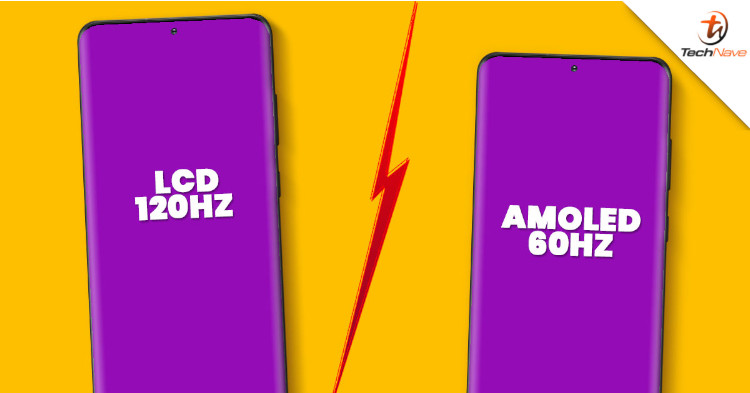
This question may have come across your mind at least once: Is an IPS LCD screen with a 120Hz refresh rate or an AMOLED type screen with a standard 60Hz refresh rate better for your smartphone?
Some brands launch phones that are nearly identical, with the only difference being the display's specs. As you can tell, this can be very confusing. If you're not sure which works best for you and have been researching online, here are some tips that may help you decide what screen best suits you!
Advantages and disadvantages
There are a few factors to look into, but let's compare the two categories of displays first. As mentioned, we want to consider the advantages and disadvantages of an IPS LCD display at 120Hz versus an AMOLED 60Hz display.
First, there's the IPS LCD, a type of panel that is more commonly used in entry-level and mid-range devices. It costs less to manufacture compared to AMOLED and delivers decent performance. On the other hand, you have the more premium AMOLED panel that's also more expensive but has advantages in several aspects.
When it comes to the viewing experience, you will definitely appreciate the performance in AMOLED panels. The colour gamut and blacks are much better in this type of display compared to IPS LCD screens. If you are a fan of dark mode, then the AMOLED screen will also be more comfortable for your eyes.
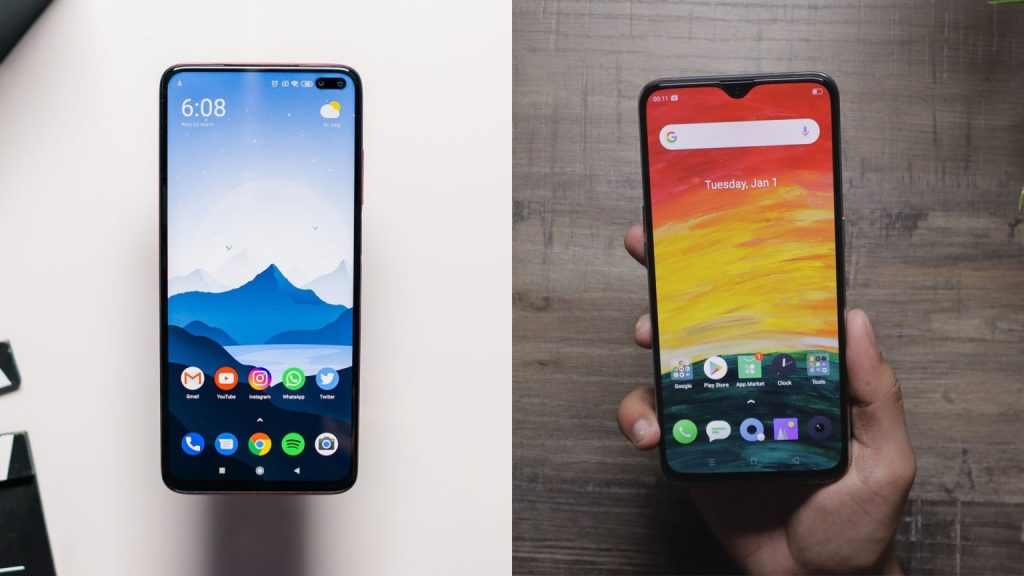
As for visual fluidity, that's definitely a factor that relies on having a high screen refresh rate. In general, having a screen with a high refresh rate will make gaming and scrolling through your phone a smoother experience. As the refresh rate increases, the smoothness increases as well (up to a point). In that sense, a 120Hz IPS LCD beats an AMOLED display at 60Hz.
In particular, games tend to look much better when the graphics are smooth. So, high refresh rate displays tend to be great for those who want to play games.
However, in terms of battery usage, a 60Hz AMOLED screen will be more efficient. A 120Hz IPS LCD screen needs to refresh twice as much and will therefore consume more battery power.
What are you using the phone for?
Next, the thing you need to consider is what you use your phone for. Are you a casual user, who's using a smartphone for social media, web browsing, and some light entertainment? Or do you use smartphones for mobile games?
If you're a casual user and prefer to use your phone for social media and watching movies, then an AMOLED screen would be the better option. 60Hz is more than enough for those activities, and you'll appreciate the superior video quality.
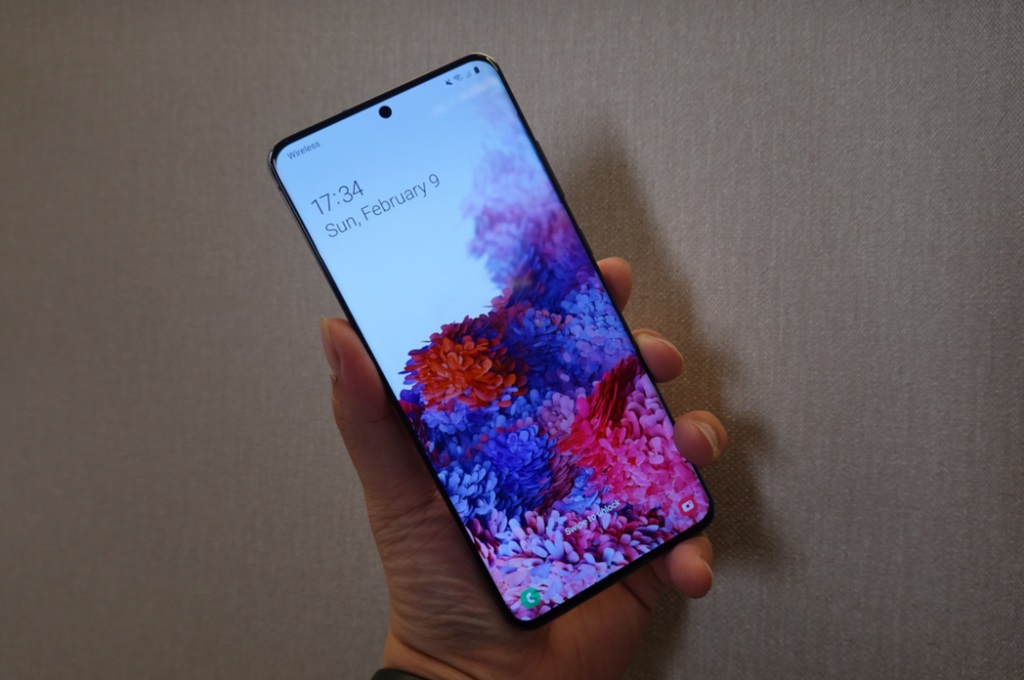
Of course, the visuals won't feel as smooth as an IPS LCD at 120Hz. But that's not a problem because you don't need that high of a refresh rate. Plus, it's better for your phone's battery as it won't run out as quickly. However, if you play mobile games often and you crave that top-tier visual fluidity, then a 120Hz IPS LCD screen may be better for you.
So, we've given you a few things to consider before deciding between a 120Hz IPS LCD screen or a 60Hz AMOLED. But the next bit could also be the factor that determines your choice so do read on!
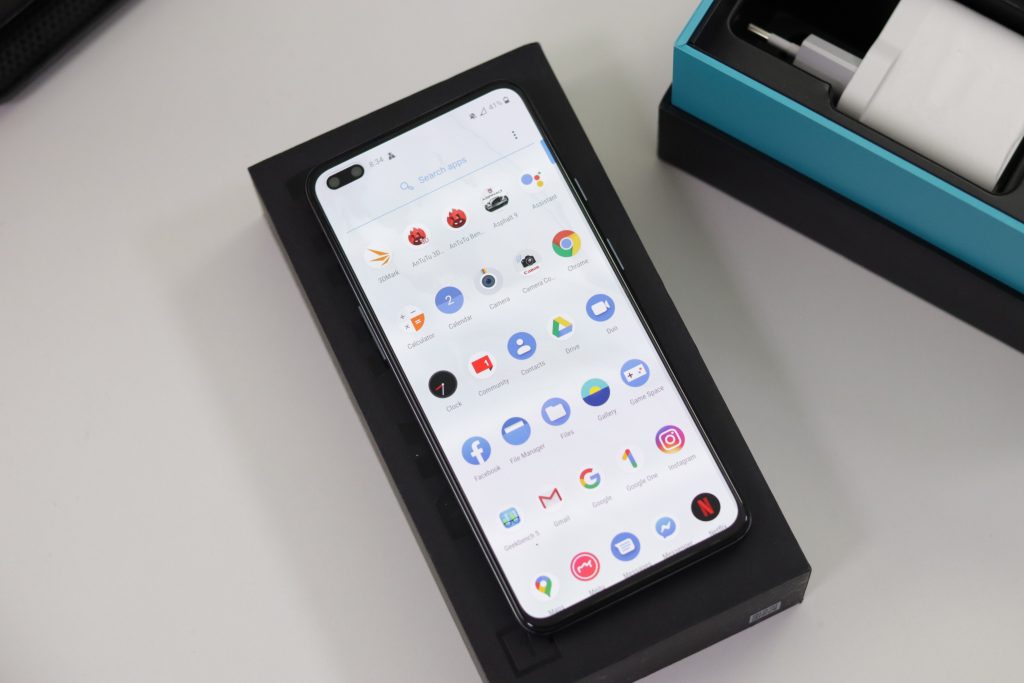
Display of your current or previous phones
If you are currently using an AMOLED screen, you may find it awkward or uncomfortable to switch to an IPS LCD screen even though you'll be getting that 120Hz refresh rate. Often, your eyes would have gotten used to the wider colour gamut.
On the other hand, those who switch from IPS LCD 120Hz to AMOLED 60Hz may find the lack of visual smoothness unsatisfying. Though you may be able to ignore it thanks to how good the colours would look. Of course, it's entirely dependent on the user.
Best for others, not necessarily best for you
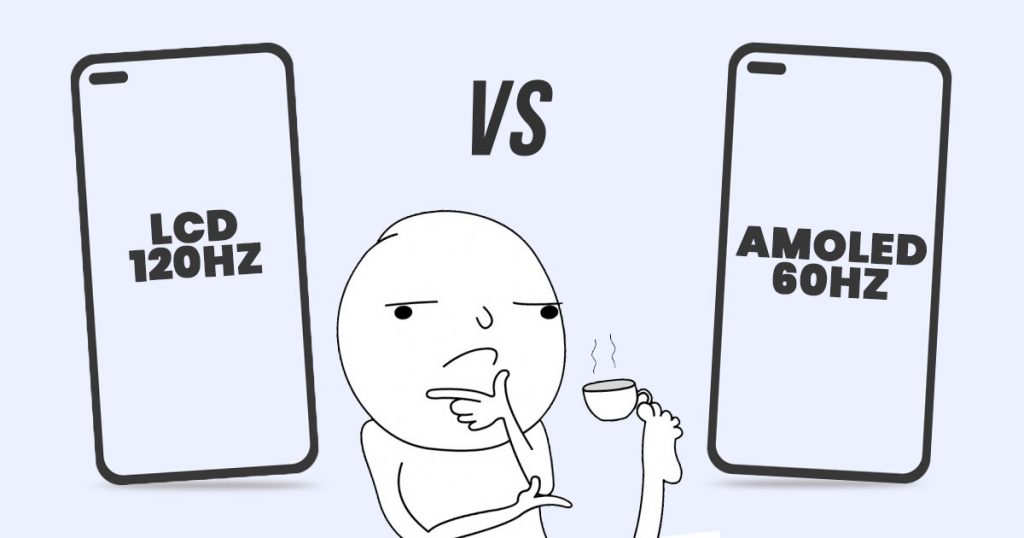
It should be noted again that this is not a general comparison of IPS LCD and AMOLED, but IPS LCD 120Hz and AMOLED 60Hz. But now that we're done discussing the pros and cons of 120Hz IPS LCD versus 60Hz AMOLED, here's a suggestion.
If possible, go for the display that fits your daily use cases and feels most comfortable for your eyes. Your friend may like the 60Hz AMOLED screen, but it may not be the best for you, and the opposite is true. Obviously, an AMOLED screen with a high refresh rate is the best in most cases (lol, but it is also generally more expensive than either of the aforementioned displays).
With that said, what do you think? Share your thoughts in the comment section below and stay tuned to TechNave.com for more articles like this!





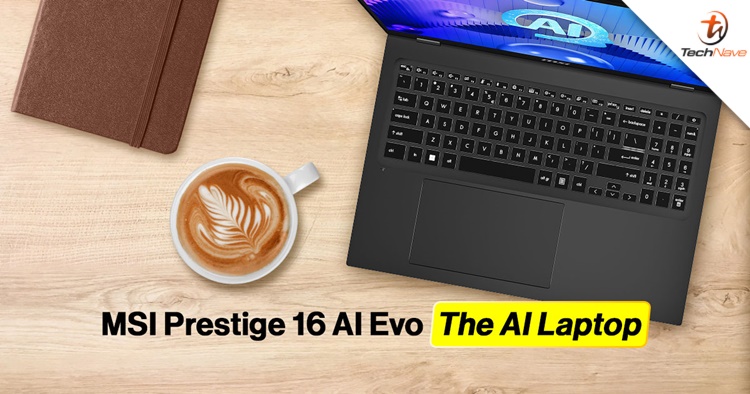
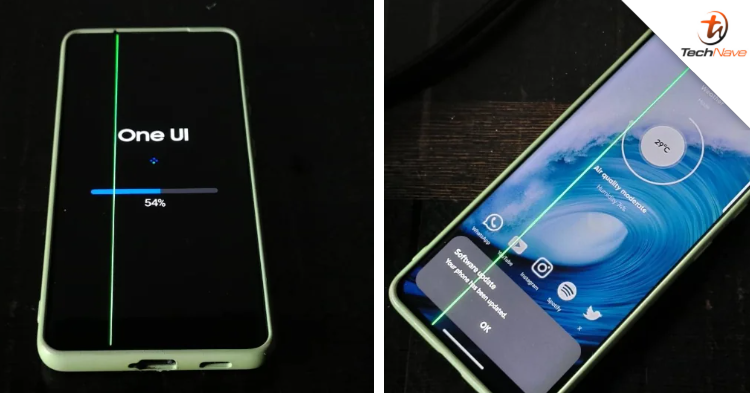

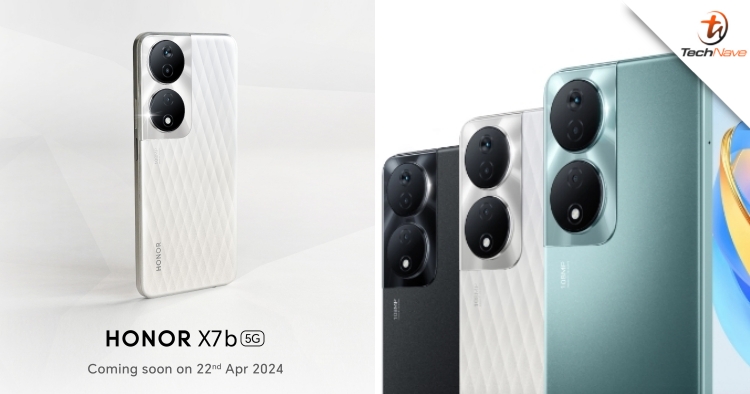

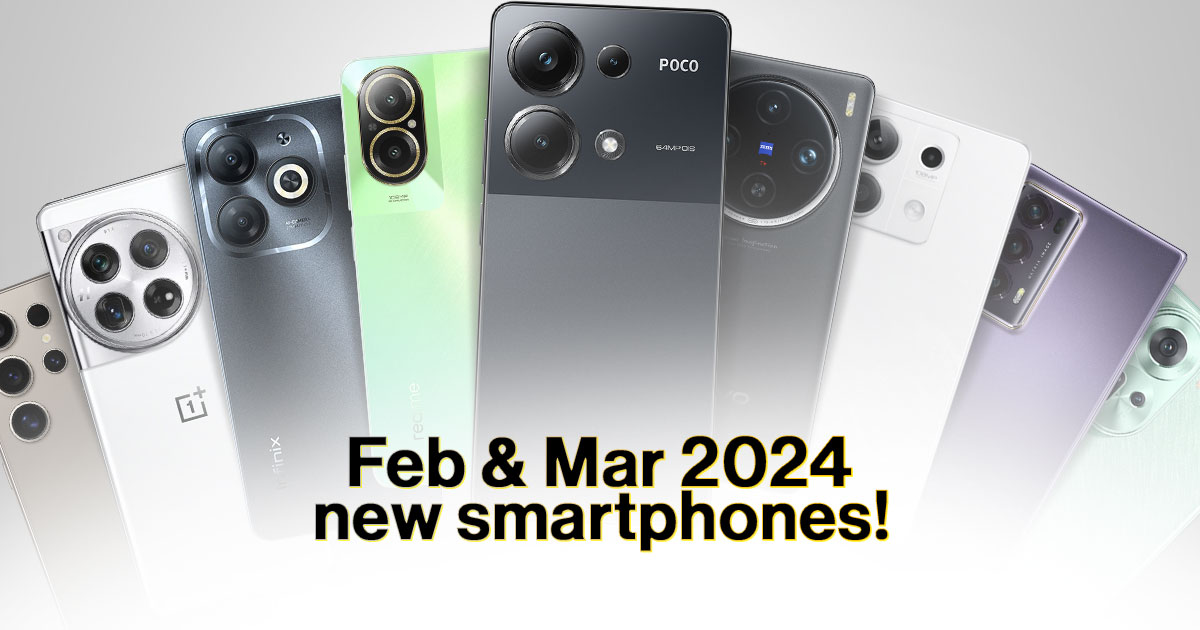
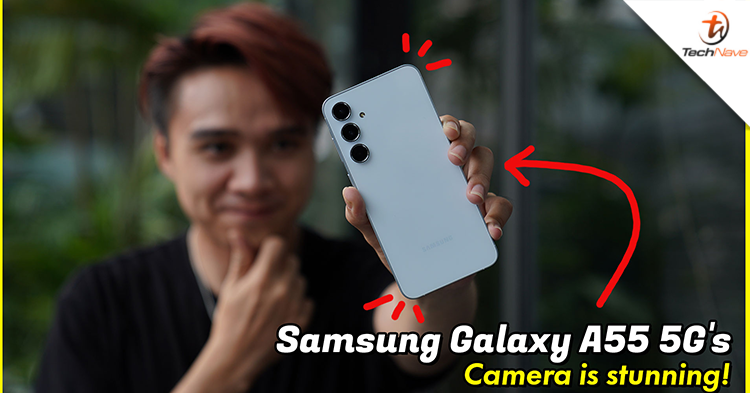
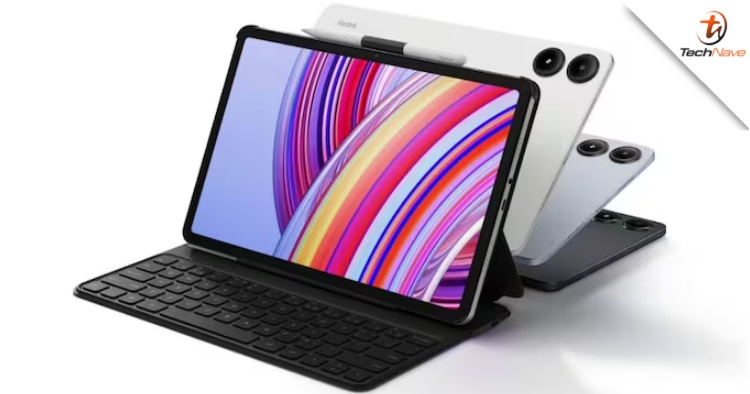
COMMENTS